The Grand Staircase–Escalante National Monument was originally designated by President Bill Clinton in 1996 as 1,880,461 acres of protected land in southern Utah. In 2017, the monument’s size was reduced by a little less than half to 1,003,863 acres by President Trump. As far as we can tell all areas we visited for this post, except the fossilized oyster bed, are still in the monument. This land is among the most remote in the country. It has no paved roads that I am aware of and most of its sand/clay/rock roads are only accessible to high clearance 4WD vehicles and are impassable when wet. More on the rest of the monument when we visit it in July. From our campground in Kanab, UT the Grand Staircase is nearby.
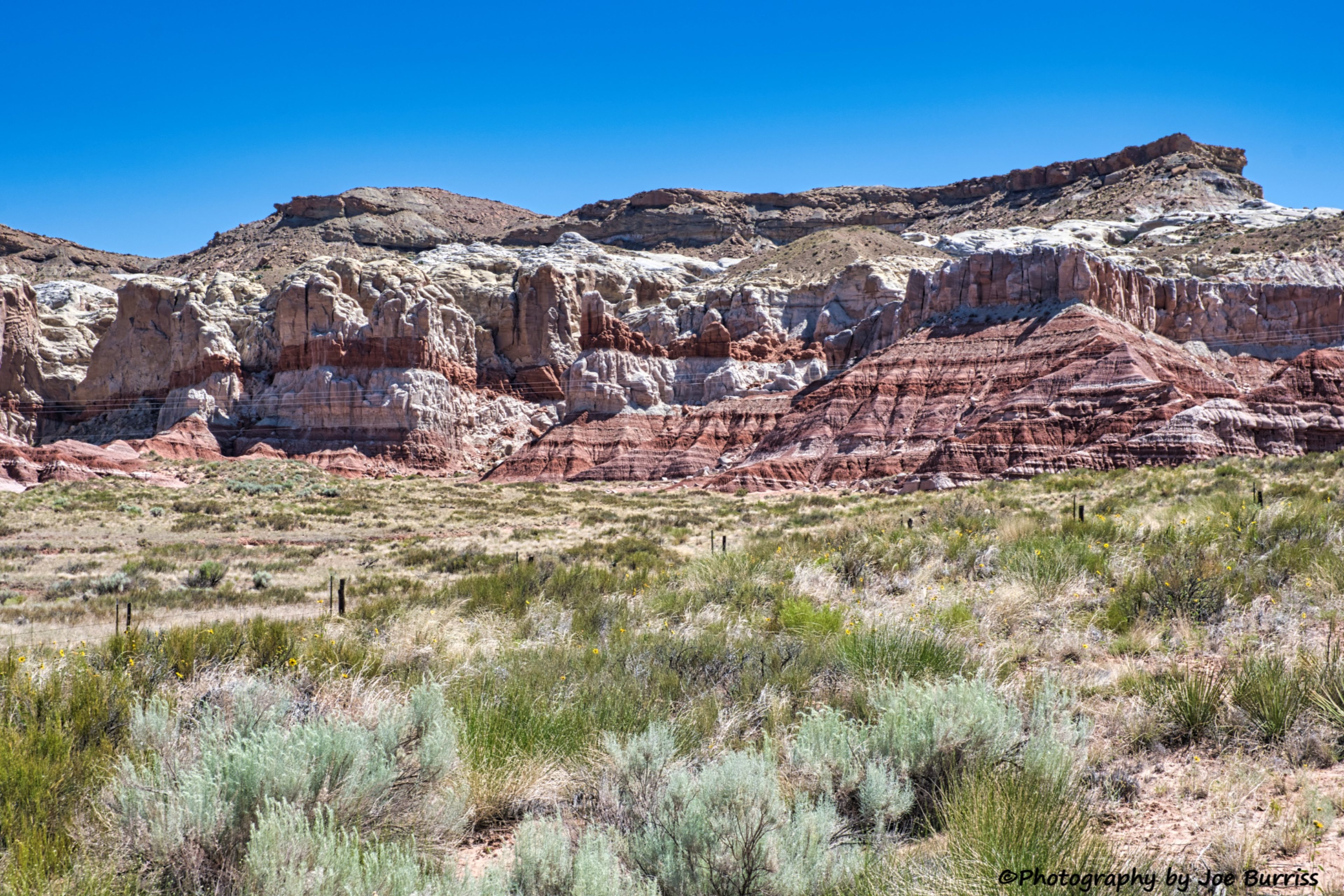
The monument consists of a series of “benches” and cliffs that step progressively up in elevation from south to north. The bottom of the staircase is the highest bench of the Grand Canyon National Park in Arizona. The top of the staircase is in the Bryce Canyon National Park area.

Each of the five “steps” has been eroded, revealing cliffs of a distinctive color. Travelers can see the Grand Staircase from some of the viewpoints in Bryce Canyon, US 89A, and various other places in the area as it descends the Kaibab Plateau. Unfortunately, a huge forest fire has prevented us from photographing the entire staircase from US 89A.
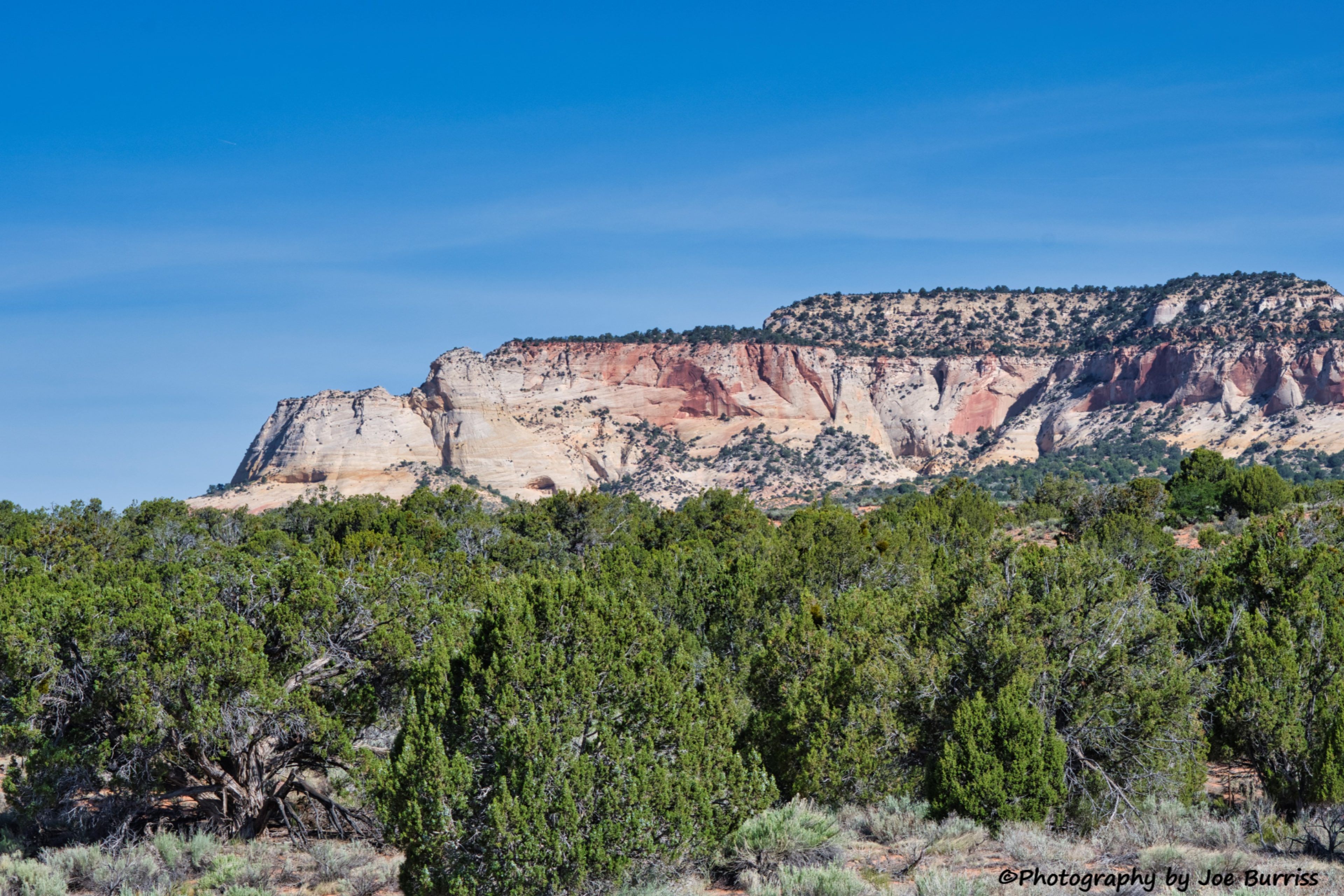

We’ve been told the best way to see the Grand Staircase is to drive Cottonwood Canyon Rd, which starts 63 miles east of Kanab where we are staying. It goes 45 miles from US 89 near Church Wells, UT to Kodachrome State Park near Tropic, UT. Cottonwood Canyon is one of the better roads in the monument in that it is maintained and can be driven by most vehicles, except when wet it is impassable by any consumer vehicle. We drove our Chevy 4WD Dually, and other than the bouncing due to our stiff suspension we had no problems. We did see a Prius out there and it had made it most of the way. However, I wouldn’t take my Corvette or pride and joy antique ride.
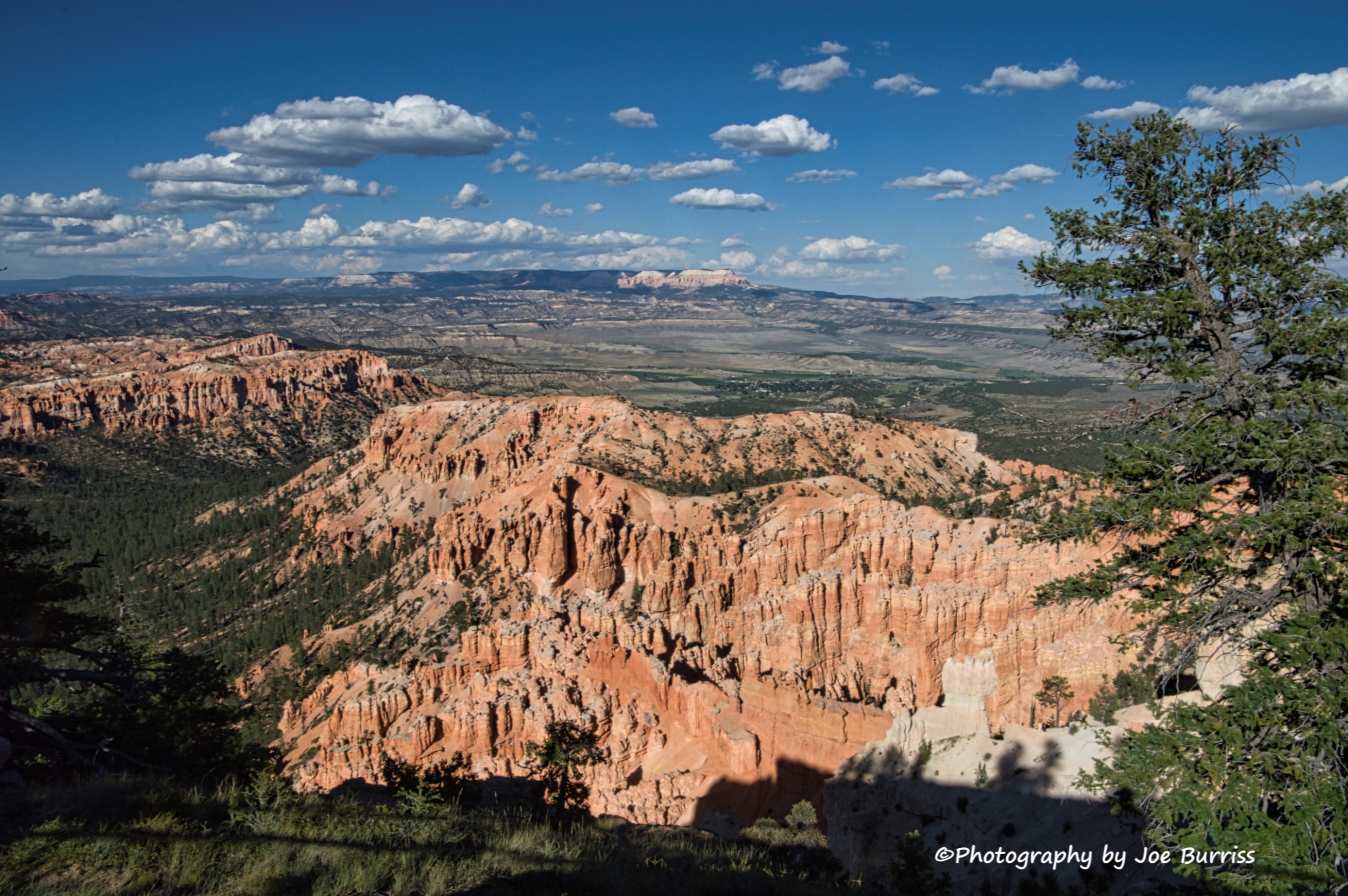
Our trip was 186 miles long and took us 10 hours and 30 minutes. The steps and cliffs, while distinct from a distance, are much less so when up close. So with a few exceptions we aren’t real sure which step we were on when we stopped for something awesome or beautiful.

Our first stop was at mile 3.4 for a wash on the left side of the road. Here we found a fossilized oyster bed from the Cretaceous period when this whole area was under an ocean rather than about 6000 ft above it as it is today. The Cretaceous period lasted from 145.5 million years ago to 65.5 million years ago.

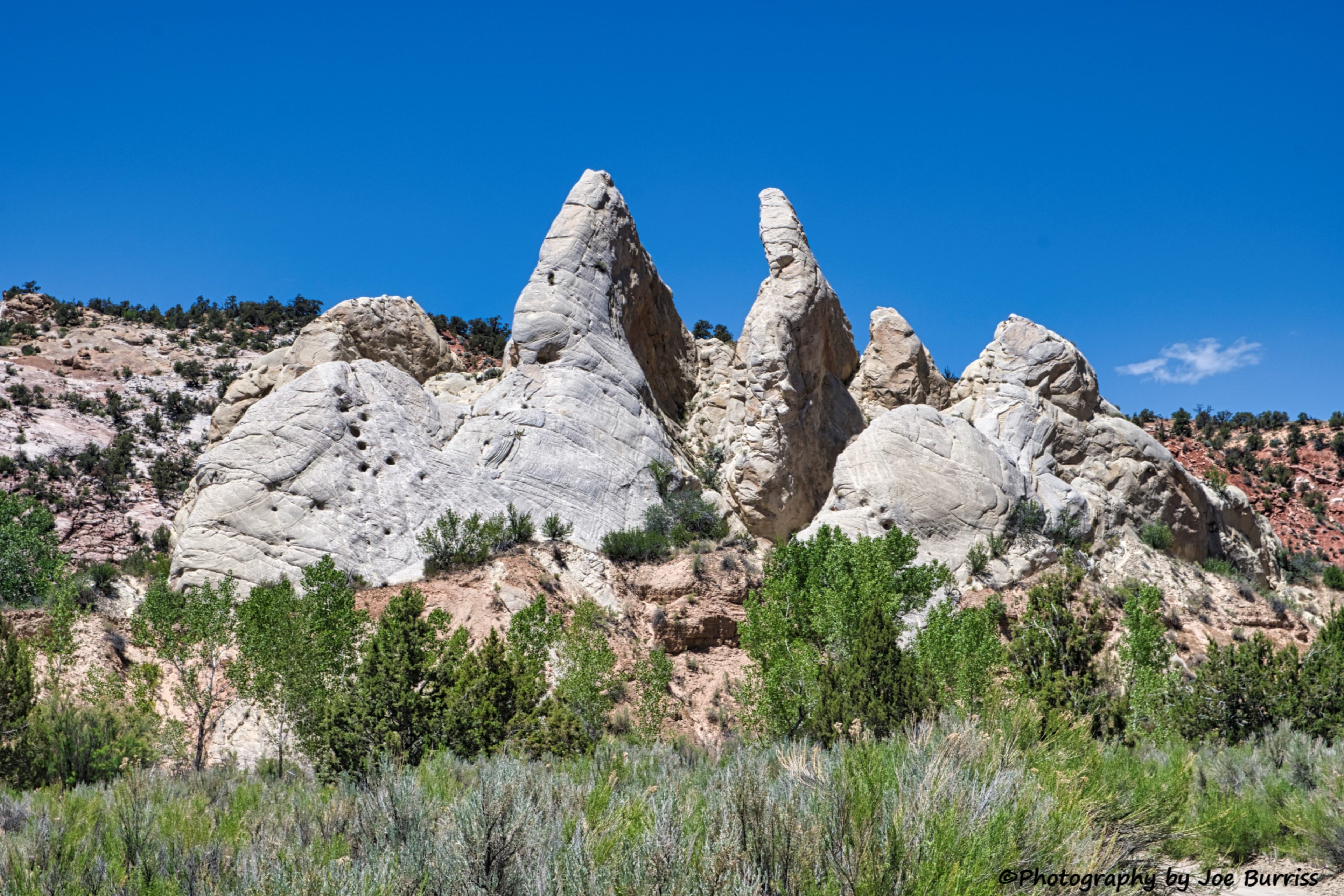
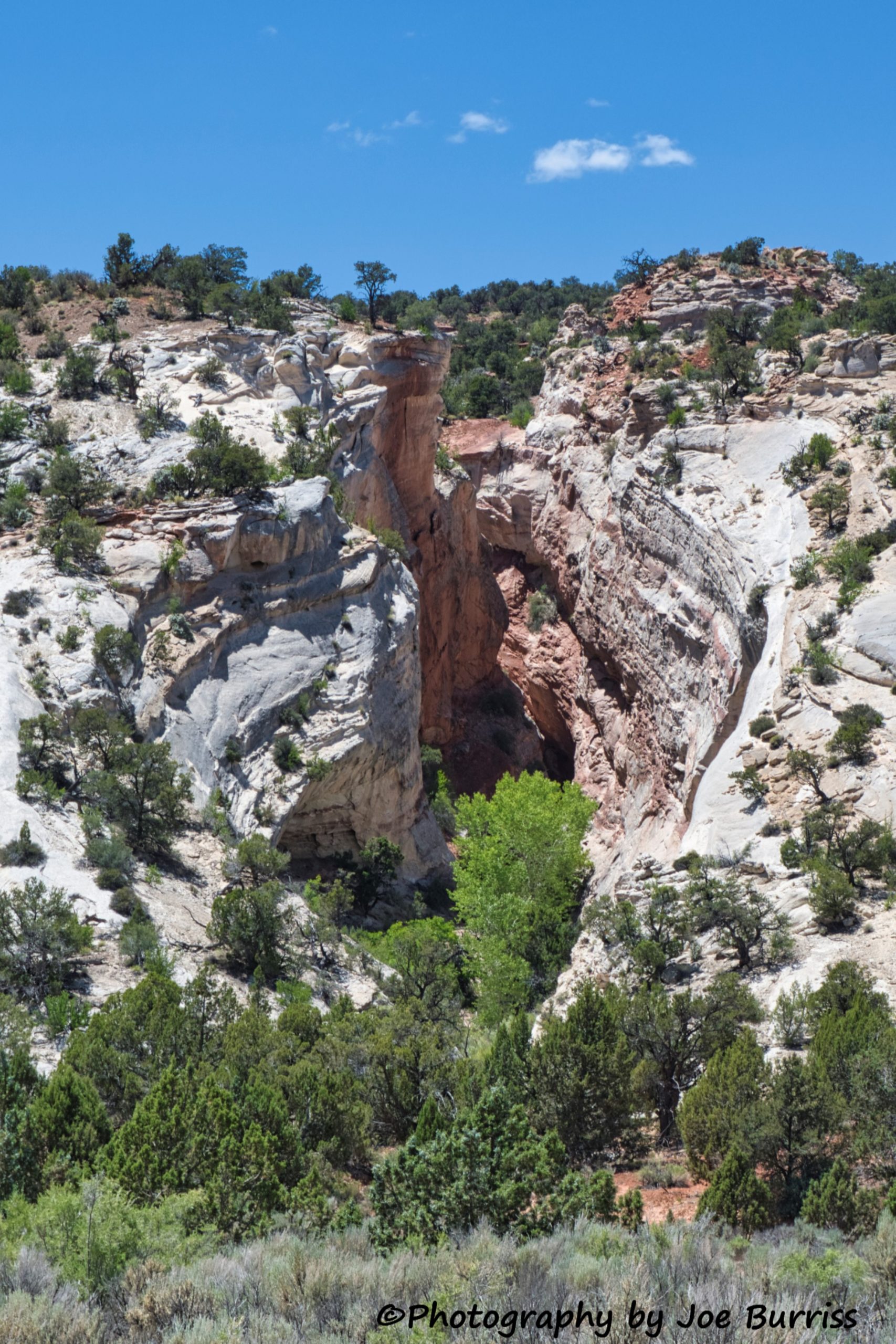
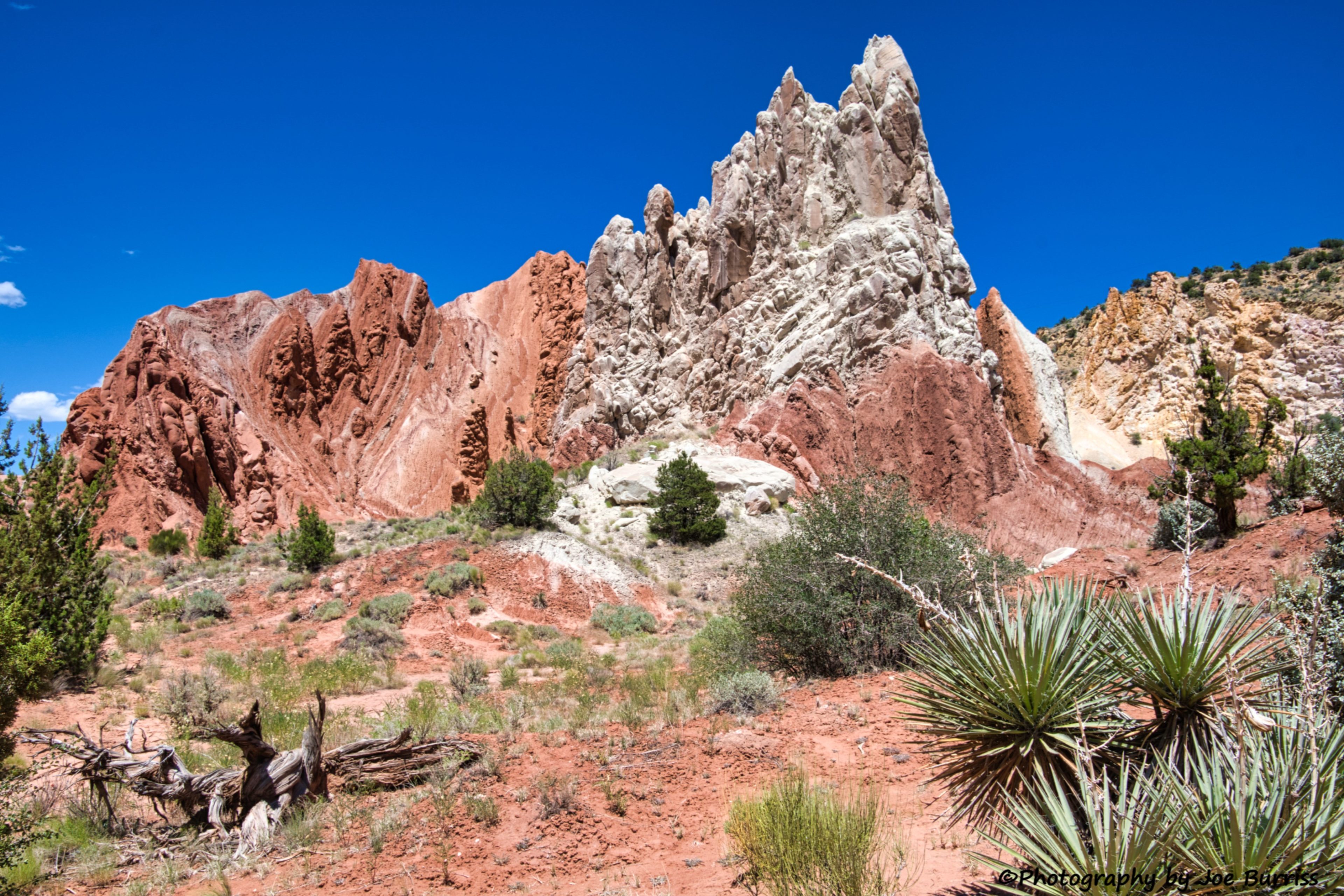
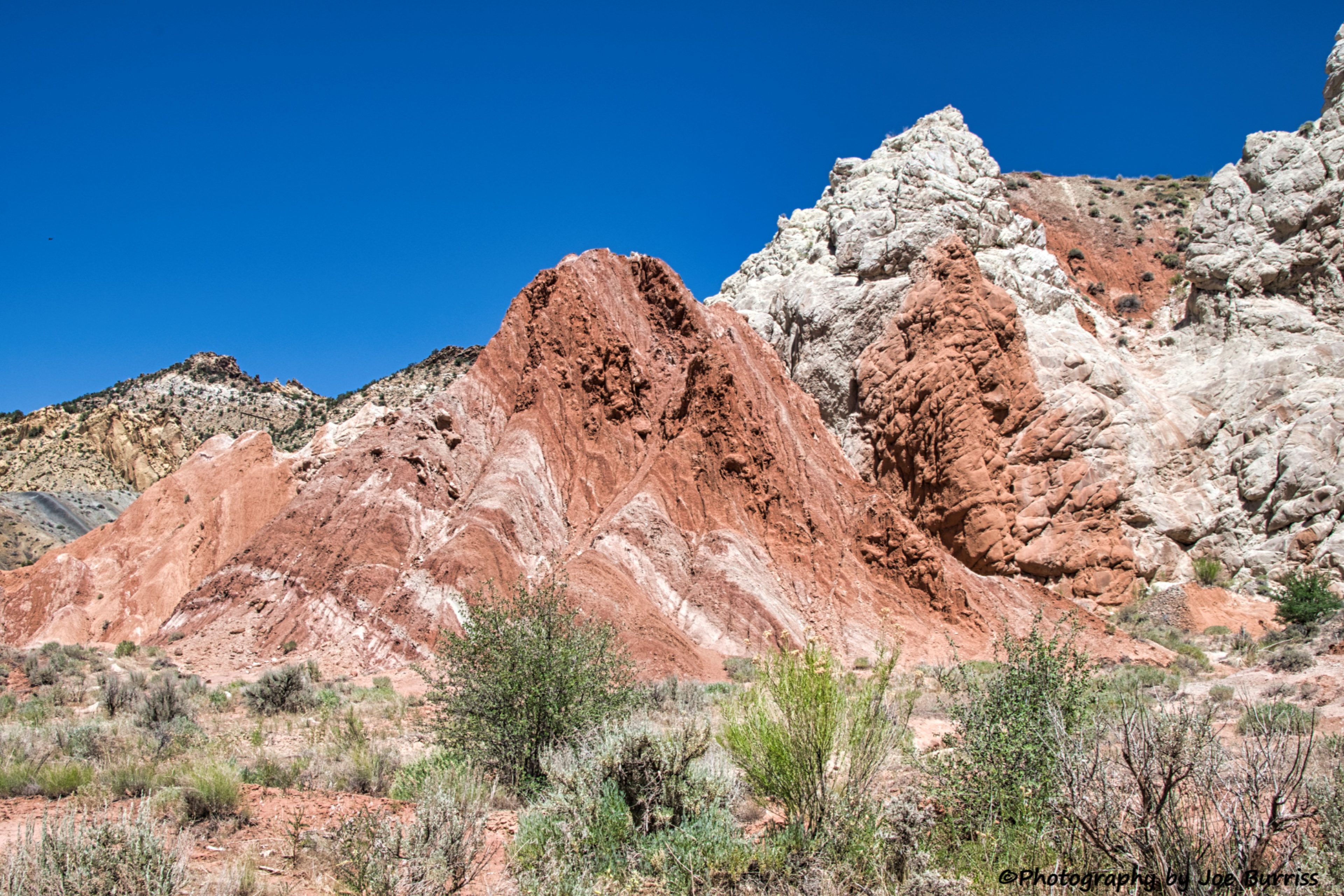
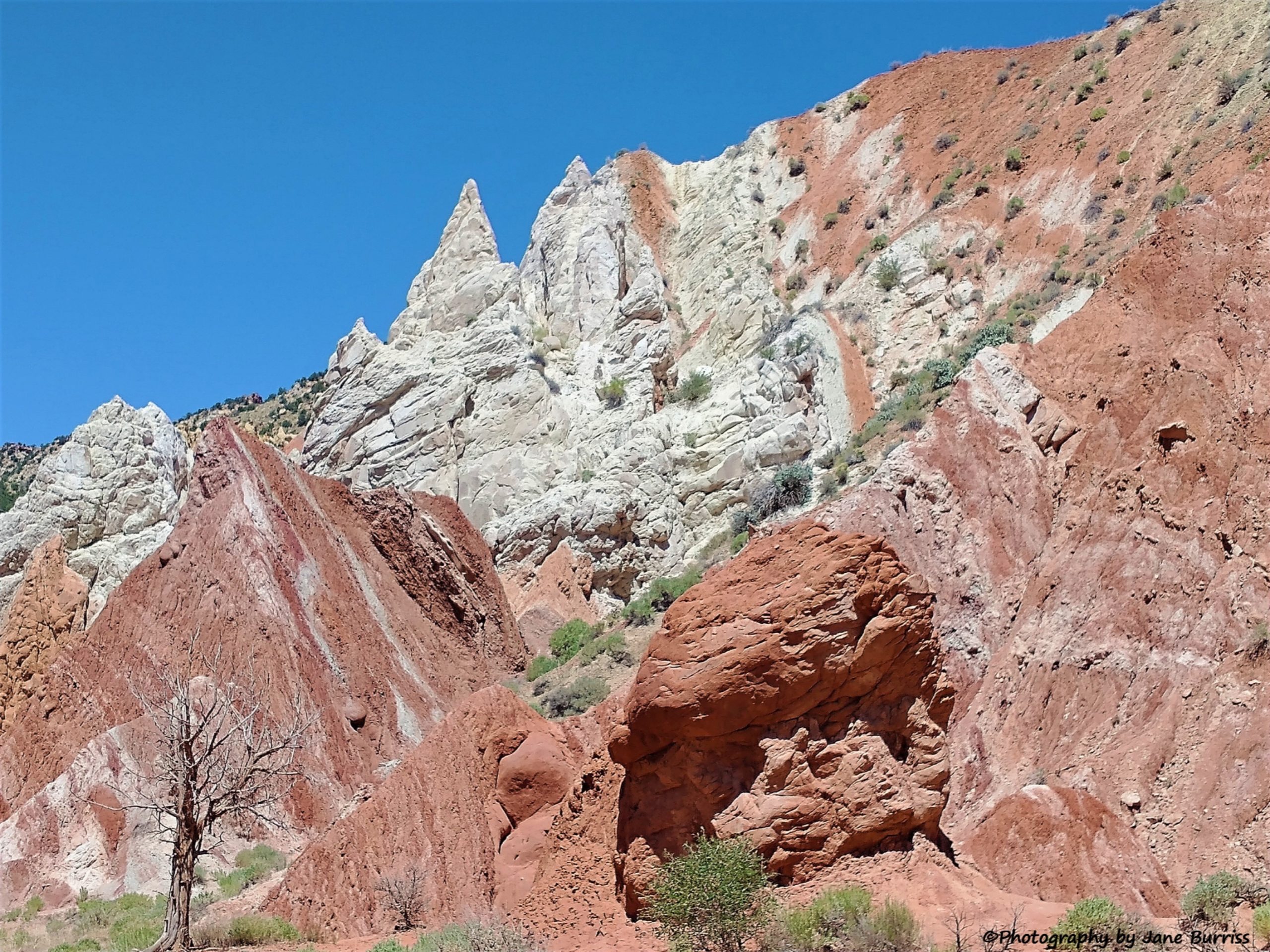
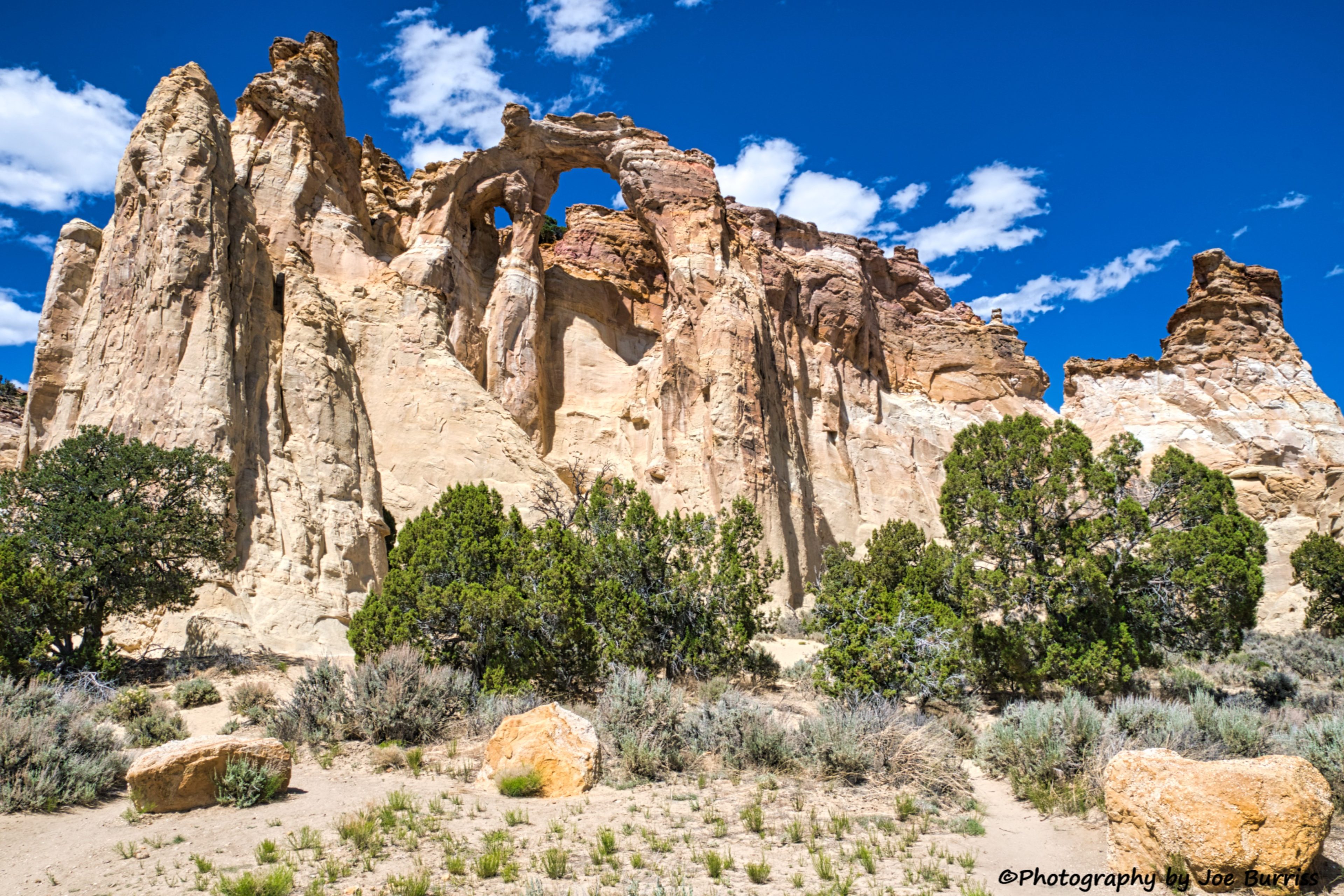
We had a great but tiring time on this circle tour of southern Utah and saw many amazing landscapes. The Grand Staircase really is grand and as far as staircases go, maybe a bit uneven on the rise and run. 😉